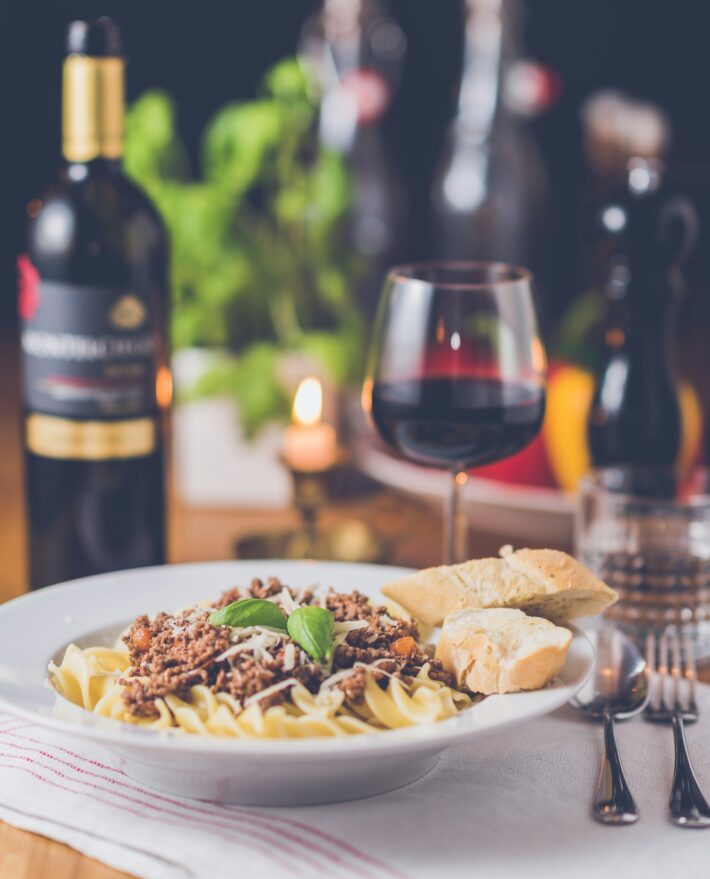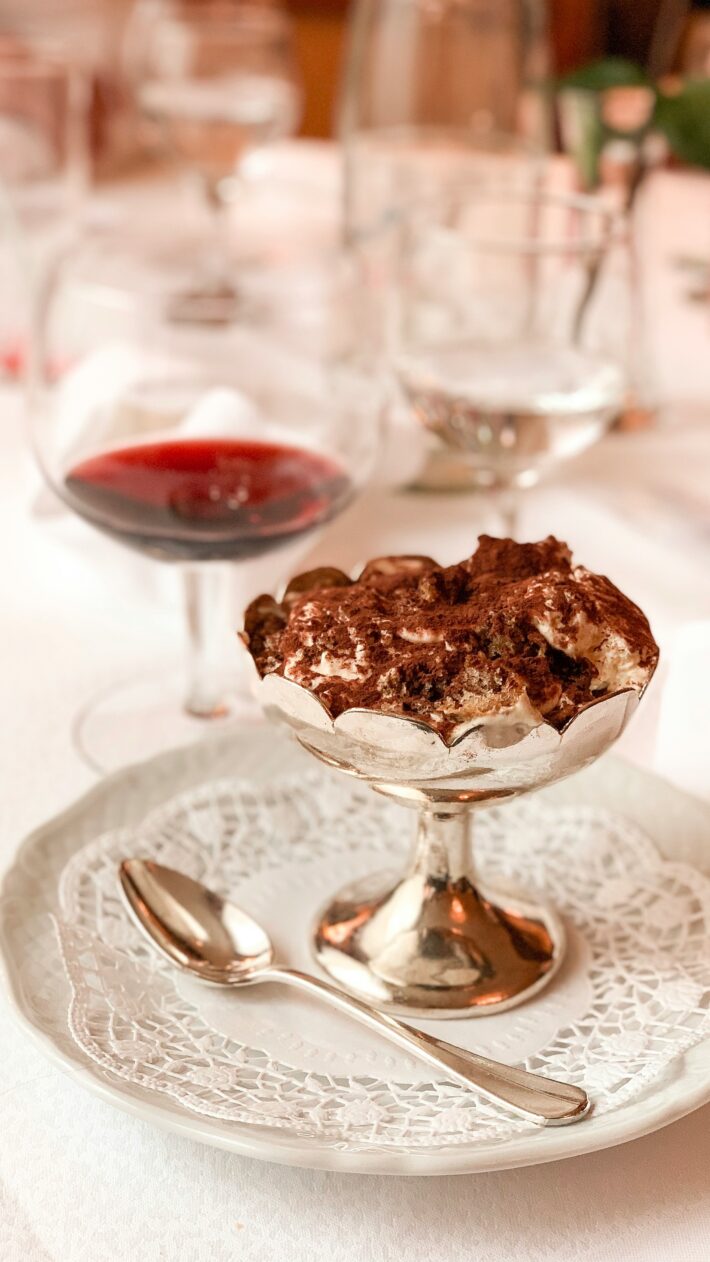Rosé Wine Pairing Tips

Rosé wine, known for its vibrant colors and refreshing flavors, offers incredible versatility in food pairings. To make the most of your rosé, consider matching its weight, flavor profile, and acidity with complementary dishes. By understanding these aspects, you can create delightful combinations that enhance your dining experience and highlight the unique characteristics of rosé.
Match Weight and Flavor Profiles
When pairing rosé with food, it’s essential to consider both the weight of the wine and its flavor profile. Lighter, dry rosés work beautifully with delicate dishes like salads, seafood, and light appetizers, while fuller-bodied rosés can stand up to heartier fare such as grilled meats, roasted vegetables, and rich pasta dishes. For instance, fruity rosés, often made from grapes like Grenache or Syrah, harmonize with grilled chicken and berry-infused dishes, enhancing the wine’s berry notes. In contrast, herbaceous rosés, which may be crafted from Sauvignon Blanc, shine alongside fresh salads adorned with herbs like basil or mint, creating a delightful synergy between the wine and food.
Balance with Acidity and Seasonal Ingredients
Rosé wines typically boast good acidity, making them an excellent match for rich or fatty foods. This acidity cuts through richness, ensuring that each bite feels fresh and balanced. For example, pairing a dry rosé with creamy pastas or fried foods allows the wine’s bright character to cleanse the palate. Additionally, incorporating seasonal ingredients into your pairings can elevate the overall flavor experience. In spring and summer, enjoy rosé with fresh salads, grilled vegetables, and light proteins, while in fall and winter, consider heartier dishes like roasted meats and stews that complement the fuller-bodied rosés.
Explore Unique Pairings
Don’t hesitate to experiment with unique pairings that showcase rosé’s versatility. Consider enjoying a dry rosé with spicy Asian dishes, such as Szechuan chicken or spicy tuna rolls, where the wine’s refreshing qualities can balance the heat. Rosé also pairs wonderfully with classic comfort foods like pizza, enhancing the flavors of tomato-based sauces and melted cheese. For dessert, sweeter or sparkling rosés can be delightful with fruit tarts, berry desserts, or even dark chocolate, offering a satisfying conclusion to your meal.
In conclusion, by thoughtfully considering the weight, flavor profile, and acidity of rosé wine, as well as incorporating seasonal ingredients and exploring unique pairings, you can create memorable dining experiences that highlight the refreshing qualities of rosé. Whether you’re hosting a casual gathering or enjoying a quiet dinner at home, the right rosé can elevate any dish. Cheers to discovering delicious combinations that please your palate!



